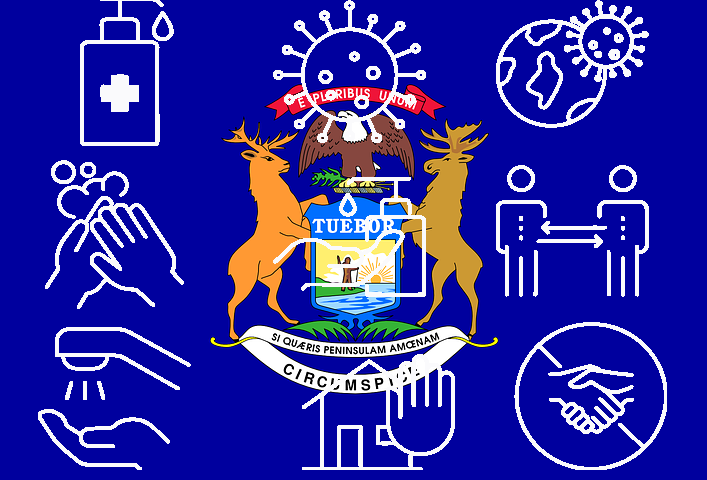
Too many headlines over the past few years have contained tragic headlines of substandard building and fire safety regulations risking lives, injuring firefighters, and costing millions in damages. Two recent incidents in the United States include a student housing fire in Fresno, California on August 18, 2019 and an apartment complex fire which left two firefighters injured and more than 74 residents without housing in Pittsburgh, Pennsylvania on August 20, 2019. These are recent additions to a list that includes the headline grabbing ongoing disaster of the Grenfell Tower fire in London, UK. This is why it is important that building standards are routinely updated as community needs, construction technology, and materials change – – and some states are trying to address these concerns.
Building standards determine the foundation of our foundations. In addition to setting the de facto requirements for how structures are built, building standards also implement important protections throughout both the building process and the finished structure. These requirements protect inhabitants and builders as well as property owners and other stakeholders. States on the East Coast, one of the most densely populated regions in the United States, face some of the greatest demands for improved building and fire safety standards. Three states: Maryland, New Jersey, and Pennsylvania, have seen multi-family and light-frame structures become increasingly popular though with increased population and structure density come increased safety concerns.
New Jersey
New Jersey is one of the latest states to begin to address gaps and inequities within building codes, targeting cheap wood light-frame construction. New regulations set forth by S 1261 and A 135 not only make construction safer, but the end result is a residence with more safeguards in place to provide for inhabitants and firefighters. Edgewater and Highland Park are two notable examples of the types of incidents that the latest legislation intends to address. Both bills intend to add new standards to the existing building code that improve the safety for all stakeholders in the construction and habitation phases of the building:
- Expanding the number of buildings required to have:
- firewalls
- sprinkler systems, and
- other fire suppression measures
- Having a fire warden on watch during construction
- Requiring placards identifying primary structural systems of buildings
Importantly, only new construction is impacted. Sponsored by Wayne DeAngelo, Annette Quijano, Raj Mukherji, Carol Murphy, Angela McKnight, and Annette Chaparro in the Assembly and Brian Stack, Shirley Turner, Linda Greenstein, and Nia Gill in the Senate, these latest legislative measures still need to pass. S 1261 is on its 2nd Reading in the Senate and A 135 is waiting to move through the Assembly Housing and Community Development Committee.
Pennsylvania
Pennsylvania is not currently considering legislation to address fire safety or combustibility in light-frame construction. However, municipalities have the ability to adopt local building code legislation. Philadelphia, where population density is the highest in the state, has begun to adopt new standards in building and construction. Because Pennsylvania has just a few areas of concentrated populations where preventing fire spread and increasing the timeframes for firefighter safety make a significant difference, local statutes and ordination may work for the time being. However, as demand for space and affordable housing increase, state-wide legislation will likely be needed.
Maryland
Maryland, whose population is estimated by the Census to have increased by over 300,000 people in 8 years[1], introduced legislation titled “Public Safety – Light Frame Combustible Construction – Requirements” or HB 1311 and SB 722 in 2017 to address the safety concerns posed by the increase in wood structures without fire considerations. Maryland also considers the need for a fire watch and the need for fire barriers between walls. This is in addition to the expansion of sprinkler systems to previously unprotected combustible spaces, such as attics. The bills, sponsored by Delegate McCray and Senator Conway, focus around buildings with three-stories or more. The influx of new Maryland residents moving into sprawling urban centers, featuring condominium and apartment complexes, is driving the need for legislative safety improvements to building codes.
As populations grow, climate change continues, and technology develops, states increasingly need to update building codes and requirements. Population densities in rural, suburban, and urban areas are steadily rising, without the necessary code updates put in place by state legislatures. Developments in building legislation in New Jersey, Pennsylvania, and Maryland could set an example for other states to model, leading to safer conditions nationwide.
Latest News
Photo credit: iStock.com/Mohamad Faizal Bin Ramli The Gulf Coast has experienced increasingly frequent and costly weather events. Coastal states have endured rough hurricane seasons in 2020, 2021, and 2022 with Hurricanes like Delta, Laura, Zeta, [...]
Photo credit: iStock.com/LIgorko From 2002 to 2013, insulin prices in the United States have tripled, with some popular insulin products costing patients up to $900 monthly. From 2017 to 2018, 14.1% of Americans who use [...]
Photo credit: iStock.com/BigNazik Not long after Russia invaded Ukraine, the U.S. federal government and various state governments began taking myriad action against Russia and in support of Ukraine. Since our last update, states started taking [...]
Image Collage by Alana Burman In Michigan, lawmakers recently passed a package of legislation to address various COVID-19 policies, including those related to extending unemployment benefits and addressing COVID-19 liability. Unemployment Benefit Extension Senate Bill [...]






Stay In Touch